Who’s Vibe Coding in 2025?
The Equalizing Power of Vibe Coding in the Age of AI for Who Gets to Build
Who gets to build digital products has been disrupted forever. Large language models, the engines behind modern AI, are now capable of coding.
It's no longer just engineers. That is how many in the tech industry describe the shift occurring at present.
NVIDIA’s Jensen Huang puts it bluntly: “It is our job to create computing technology such that nobody has to program and that the programming language is human.”
That vision reshapes the most basic question in technology: who gets to build?
For decades, building digital products was limited to a small guild of software engineers fluent in arcane programming syntaxes. Everyone else had to wait for a developer, for a vendor, or for a platform.
The divide between those who could code and those who could not was a defining feature of the digital economy.
But in 2025, that divide is collapsing. The rise of AI-assisted development means that interaction with computers is shifting from code to clarity, from syntax to plain language. The old question of “who gets to build” is being rewritten in real time.
Many have claimed that the Internet was intended to be a great equalizer, but in truth, it has concentrated wealth and power in the hands of a few. AI is now poised to finally fulfil that promise — by making creation accessible to anyone with clear ideas and eloquent expression.
The answer to who gets to build, more than ever, is everyone.
Developers: Engineers Supercharged
For professional developers, AI is not a replacement but an amplifier. It expands what traditionally trained engineers can do by multiplying their speed and scope. Co-coding with AI enables faster debugging, more thorough testing, and greater efficiency in maintaining large and complex systems.
The team at Anysphere, the group behind Cursor, one of the most widely adopted AI-assisted coding environments, describe the “engineer of the future” as a human–AI pair that can iterate “at the speed of judgment, even in the most complex systems.” Their vision of an “engineering genius” is a hybrid programmer: someone who maintains effortless control over their codebase, avoids wasted keystrokes, and outsmarts pure AI systems by combining human intent with machine scale.
After all, coding involves countless micro-decisions, far beyond simply typing memorized syntax.
Developers are still coding, but the bottleneck is no longer typing speed or syntax recall. As Dalton Caldwell of Y Combinator puts it, certain aspects of programming, such as memorizing APIs, are becoming less valuable as tools continue to improve. What matters more is clarity of thought, the orchestration of agents, and the ability to direct an iterative process.
AI does not erase the value of professional engineers. It takes their flow, their years of coding experience, and their craft to the next level.
As Michael Truell, co-founder and CEO of Cursor, puts it, the future will be exciting for those who build software. The skills will evolve, shifting away from text editing inside an IDE and toward amplifying creative ideas and taste.
Creators: Non-Techies Turned Builders
Every day, creators are now building with CodeGen platforms like Lovable, Bolt, and v0, scaffolding functional apps directly from natural language prompts. These platforms are not drag-and-drop toys or static mockups. They connect flows, data, and logic to produce software that works. This is Vibe Coding for non-technical builders: describe what you want clearly, refine through iteration, and let AI do the scaffolding.
This shift is not just technical. It changes how creativity itself is expressed.
Daniela Amodei of Anthropic has described this shift as AI becoming a thought partner. Instead of automation replacing people, she sees the tools acting like a creative companion that unblocks writers, designers, or builders when they get stuck. Sarah Guo makes a similar point with a sharper edge: AI allows taste to leapfrog skill.
A person might lack technical training, but their creative sense now has a way to be expressed in working products.
Chamath Palihapitiya goes further. He argues that AI handles the rote mechanics of thinking, leaving judgment and taste as the real human differentiators.
In this view, the rise of AI builders is not a flattening of creativity but an elevation of it. What matters is no longer how much syntax you can memorize, but how sharp your intent is and how refined your sense of judgment can be.
Grab the Right Tool
New AI development tools are dropping almost every week. While writing this article, I came across two (here and here) that I had never even seen before.
It is easy to get caught in the hype train, jumping from one launch to the next. My advice is simple: do not get overwhelmed.
Traditionally trained developers and software engineers already know how to pick the right tool for the job. The people who feel this pressure most are non-technical builders just entering the world of AI-assisted coding. After all, this Substack was started for them.
AI-assisted development tools generally fall into four categories:
AI-infused IDEs (Integrated Development Environments): Platforms like Cursor, Windsurf, and Kiro are designed from the ground up with AI at the center. They provide integrated environments where human and machine code work together, from writing and refactoring to debugging and maintaining large systems.
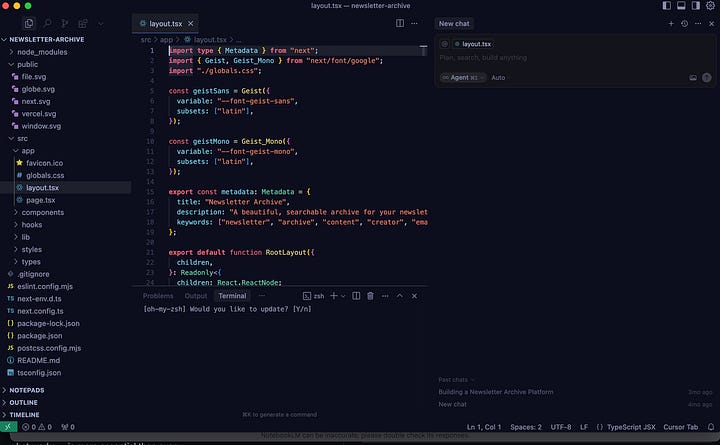
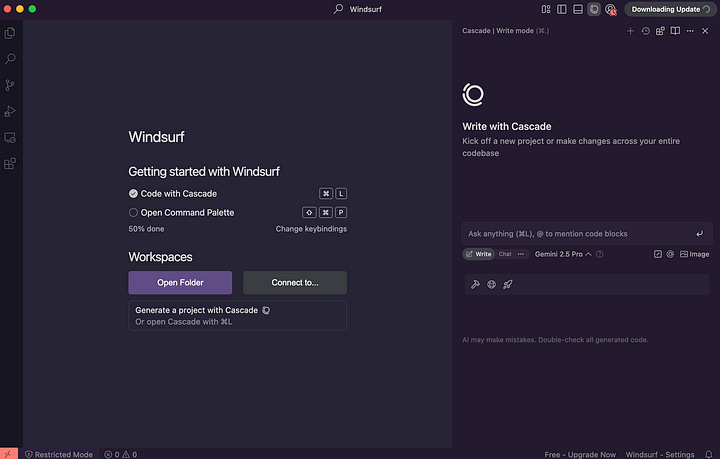
Cursor and Windsurf Extensions for existing editors: Popular editors such as VS Code can be upgraded with AI coding assistants. GitHub Copilot is the most widely adopted, and newer entrants, such as Augment Code, are expanding the possibilities with fresh capabilities.


Github Copilot and Augment Code AI-powered command line tools: A growing trend is to infuse the terminal directly with AI. Anthropic’s Claude Code is an early example, bringing large language models into the CLI so developers can co-code, debug, and automate workflows from the shell (the dark screen on your computer, CMD on Windows and Terminal on Mac). A more recent entrant is Vibe Code Terminal, a platform originally focused on mobile app development. It comes bundled with multiple options under one subscription, including Claude Code, Codex with GPT-5, Gemini CLI, and Cursor Agent.
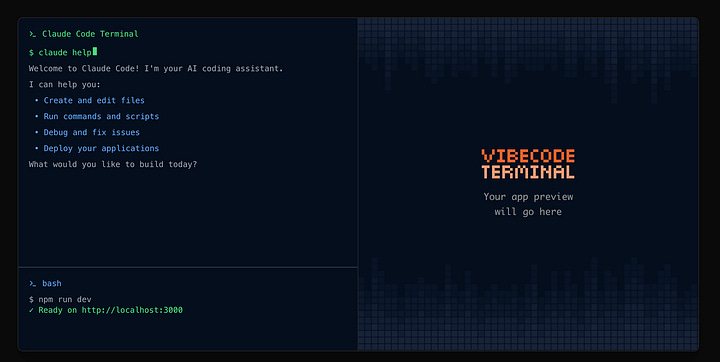
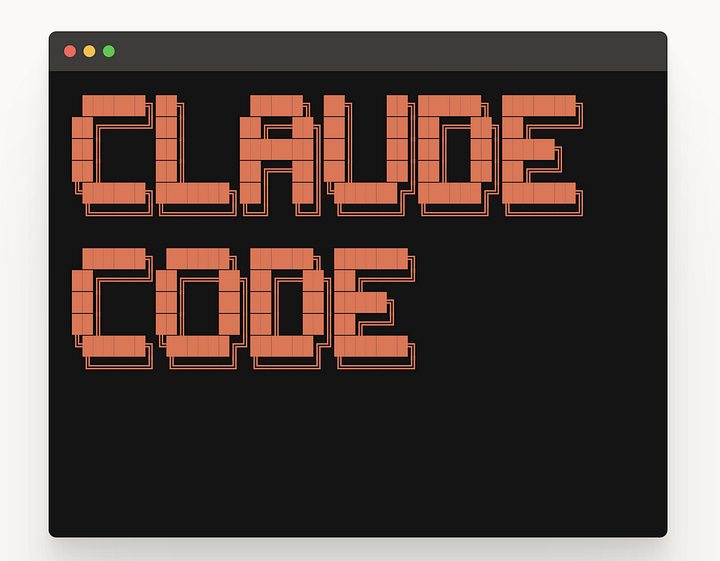
AI-infused Command-line Interfaces (CLIs): Vibe Code Terminal and Claude Code CodeGen platforms: Online tools like Lovable, Bolt, and v0 let non-technical builders describe what they want and scaffold functional apps directly from natural language prompts. They are perfect for non-technical people.
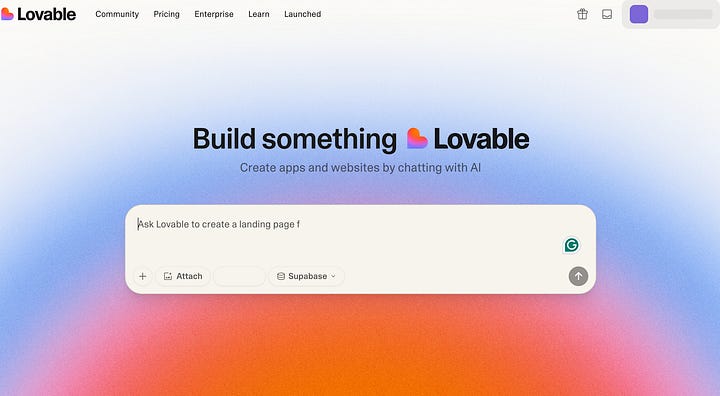

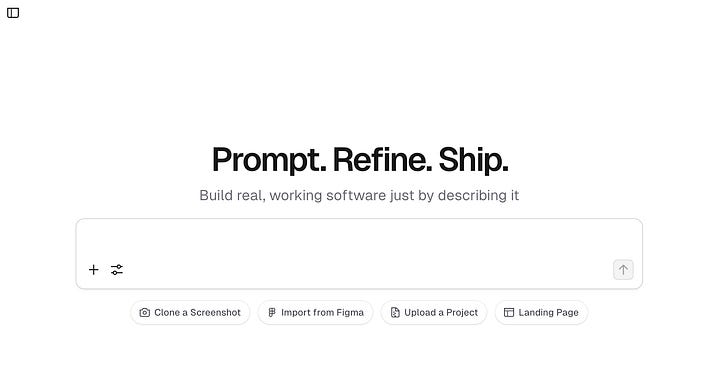

Lovable, Bolt, v0, and Firebase Studio
One tool that is harder to pin down as a pure CodeGen platform is Replit.
In my view, it falls in the middle of the spectrum between CodeGen platforms and AI-assisted coding tools. It is an IDE in the cloud where you can build in multiple programming languages — a flexibility that the CodeGen platforms do not yet deliver. Firebase Studio, a Google product, also provides similar flexibility in language support, but its outputs do not yet match the quality of the CodeGen platforms.
My recommendation: start with CodeGen platforms like Lovable, v0 or Bolt. Then move into Replit, which offers more flexibility as an AI-infused IDE on the cloud. From there, you can transition to AI-first environments such as Cursor or Windsurf. The AI-infused terminal tools may feel intimidating at first, but once you are comfortable with integrated coding environments, you will get the hang of them.
Developer or Not, the Future Is for Everyone to Be a Builder
The story of Vibe Coding in 2025 is not one group replacing another. It is the widening of the circle. Developers are amplified, creators are empowered, and non-techies building with AI are multiplying due to this equalizing technology.
The line between those who build and those who do not is dissolving.
Drawing on Naval Ravikant’s most well-known phrase, he used to summarize his "How to Get Rich" tweetstorm, which offers a useful lens here.
To productize yourself means to combine leverage with uniqueness, to turn what only you can do into something that scales. For years, turning oneself into a product through code was restricted to those who could program. A framework in a book, a method in a workshop, or a process in a classroom stayed confined to words, videos, or animations. Without programming skills, you could not translate ideas into working software.
With Vibe Coding, that barrier is gone. A teacher can turn a curriculum into an interactive app. A designer can turn a method into a workflow tool. A researcher can turn a framework into a product.
The numbers tell the story of this expansion. Kevin Weil of OpenAI predicts the number of AI builders will grow from 30 million to 300 million. GitHub CEO Thomas Dohmke goes further, estimating that more than a billion developers will be active by 2030. And Amjad Masad of Replit has been chasing the same vision for over a decade: one billion creators worldwide.
Yet even these staggering numbers capture only part of the potential. What AI makes possible is not just scale, but a new kind of participation. Sam Altman has predicted the arrival of ten-person billion-dollar companies, and even the possibility of a one-person billion-dollar company — something that was unimaginable before today’s AI.
That kind of outcome will be rare, but the underlying point holds true. With AI, what once seemed impossible is now feasible. The bigger revolution is not in billion-dollar valuations. It is in the everyday act of turning clarity into code, of individuals across the world productizing themselves at scales large and small.
The age of Vibe Coding is not about fewer builders, but more. Millions, even billions, will take part. The question is no longer who gets to build, but what you will choose to build now that the tools are in your hands.
Amjad Masad, CEO of Replit, summarises it well: “In 1984 the Mac brought personal computing to the masses. In 2024, [AI has empowered us to] have personal software” – software for one.


